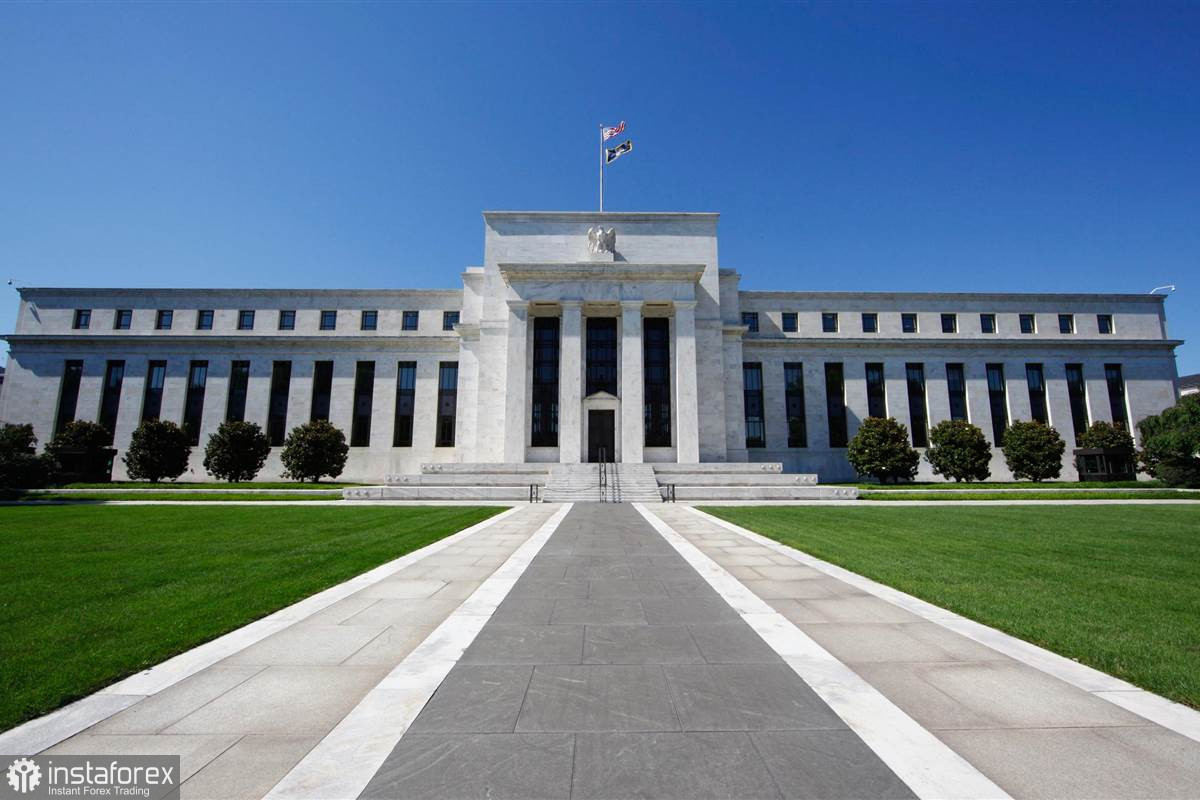
As already mentioned, yesterday the US stock market fell once again. At this time, there are plenty of reasons for the fall of stock indices and shares of American companies. The most banal reason is that the profitability of American treasuries is growing. On 10-year Treasury bonds, the rate is already more than 2.6%. This means that treasuries become a more attractive investment than stocks. Recall that the shares of most companies have minimum dividends. For example, dividends on Apple, Microsoft, or Tesla shares do not exceed $ 1. However, these are so-called "growth stocks". Such shares are bought not for the sake of dividend payments, but for the sake of the growth of their value, which ultimately allows them to turn out to be in substantial profit. In many other companies, dividends are higher, but still, the higher the yield of bonds, the higher the demand for them. Since money is no longer materializing into the American economy out of thin air (the QE program has been completed) and the "anti-QE" program will begin in May, in any case, the flow of capital from the stock market to the debt market will begin. And this means that stock indices will continue to fall, and bond yields, given the Fed's determination to tighten monetary policy, will continue to rise.
Yesterday's Fed minutes were quite interesting, although they did not give the markets any fundamentally new information. We learned that several members of the Fed's monetary committee spoke out at the last meeting in favor of raising the rate by 0.5%, but the figure turned out to be more important. A figure that reflects the amount by which the Fed plans to reduce its balance sheet in the next few months. The FOMC decided that it would be appropriate to sell $ 60 billion worth of Treasury bonds and $ 35 billion worth of mortgage bonds per month. Thus, the total reduction in May and the next few months should amount to $ 95 billion per month. Almost as much as the Fed poured into the economy monthly as part of the stimulus program. In addition to this information, the Fed members concluded that inflation risks due to the military conflict in Ukraine turned out to be more pronounced than the risks of a decline in economic growth. Inflation and its control remain the main objectives of the Fed. So now we just have to wait. Wait for the rate to start increasing in significant steps. Wait for the Fed's balance sheet to start unloading. Wait for the military operation in Ukraine to end. The first two points will stimulate the growth of the dollar and the fall of the stock market. The third point could provoke reverse movements, but it is not expected in the near future. However, there is no reason to assume that the entire conflict in Ukraine will be put on pause, which means that new events will occur in the near future.
 English
English 
 Русский
Русский Bahasa Indonesia
Bahasa Indonesia Bahasa Malay
Bahasa Malay ไทย
ไทย Español
Español Deutsch
Deutsch Български
Български Français
Français Tiếng Việt
Tiếng Việt 中文
中文 বাংলা
বাংলা हिन्दी
हिन्दी Čeština
Čeština Українська
Українська Română
Română

